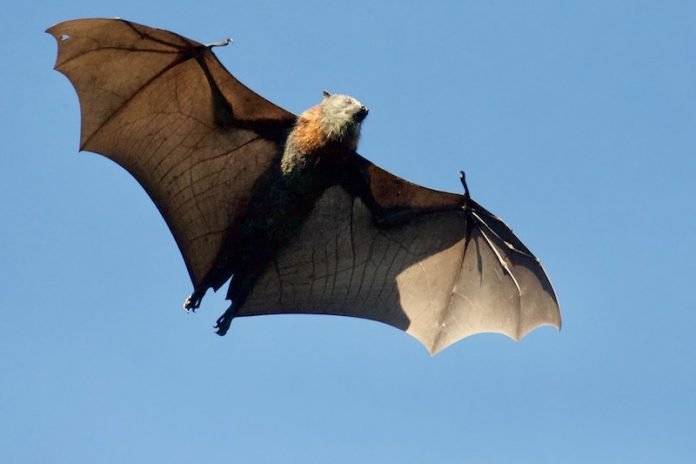
In a new study, researchers examined the origin of SARS-CoV-2, the virus that has caused the COVID-19 pandemic.
They found that it was especially well-suited to jump from animals to humans by shapeshifting as it gained the ability to infect human cells.
The research was conducted by a team from Duke University and elsewhere.
Conducting a genetic analysis, the team confirmed that the closest relative of the virus was a coronavirus that infects bats.
But that virus’s ability to infect humans was gained through exchanging a critical gene fragment from a coronavirus that infects a scaly mammal called a pangolin, which made it possible for the virus to infect humans.
The researchers report that this jump from species-to-species was the result of the virus’s ability to bind to host cells through alterations in its genetic material.
By analogy, it is as if the virus retooled the key that enables it to unlock a host cell’s door—in this case, a human cell.
In the case of SARS-CoV-2, the “key” is a spike protein found on the surface of the virus. Coronaviruses use this protein to attach to cells and infect them.
The team says that very much like the original SARS that jumped from bats to civets, or MERS that went from bats to dromedary camels, and then to humans, the progenitor of this pandemic coronavirus underwent evolutionary changes in its genetic material that enabled it to eventually infect humans.
Tracing the virus’s evolutionary pathway will help deter future pandemics arising from the virus and possibly guide vaccine research.
The researchers found that typical pangolin coronaviruses are too different from SARS-CoV-2 for them to have directly caused the human pandemic.
However, they do contain a receptor-binding site—a part of the spike protein necessary to bind to the cell membrane—that is important for human infection.
This binding site makes it possible to affix to a cell surface protein that is abundant on human respiratory and intestinal epithelial cells, endothelial cell, and kidney cells, among others.
While the viral ancestor in the bat is the most closely related coronavirus to SARS-CoV-2, its binding site is very different, and on its own cannot efficiently infect human cells.
SARS-CoV-2 appears to be a hybrid between bat and pangolin viruses to obtain the “key” necessary receptor-binding site for human infection.
The lead author of the study is Feng Gao, M.D., a professor of medicine in the Division of Infectious Diseases.
The study is published in Science Advances.
Copyright © 2020 Knowridge Science Report. All rights reserved.



